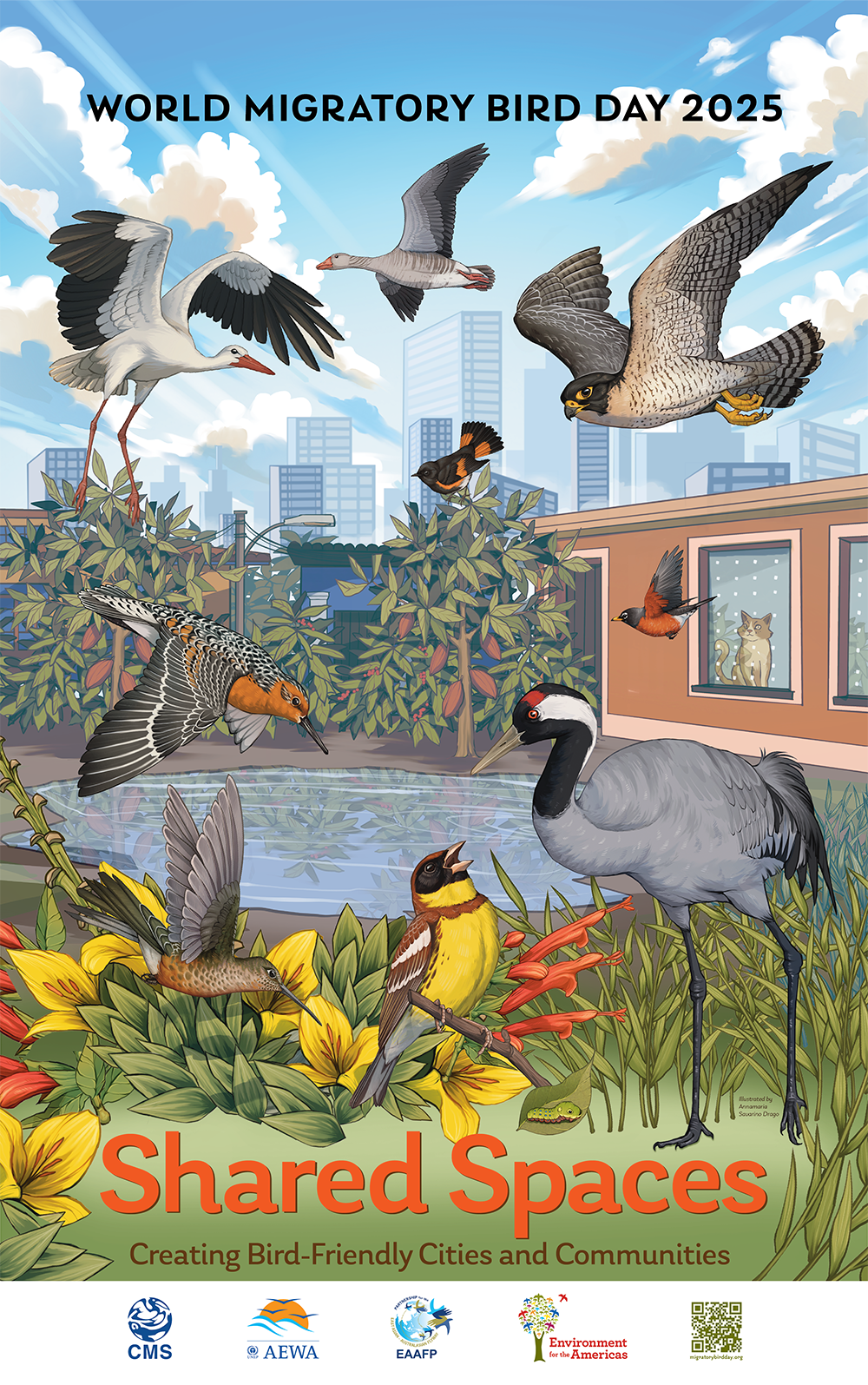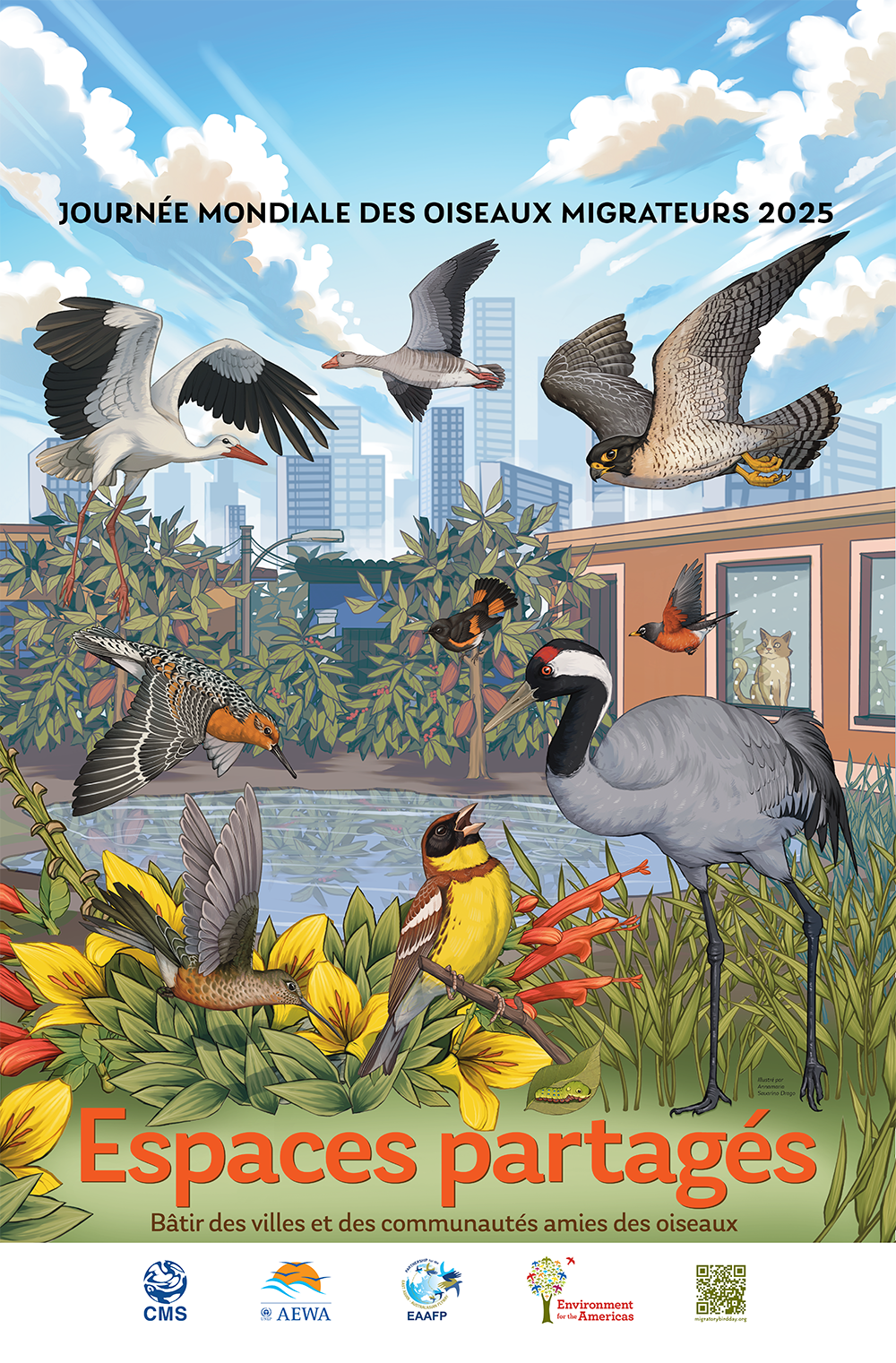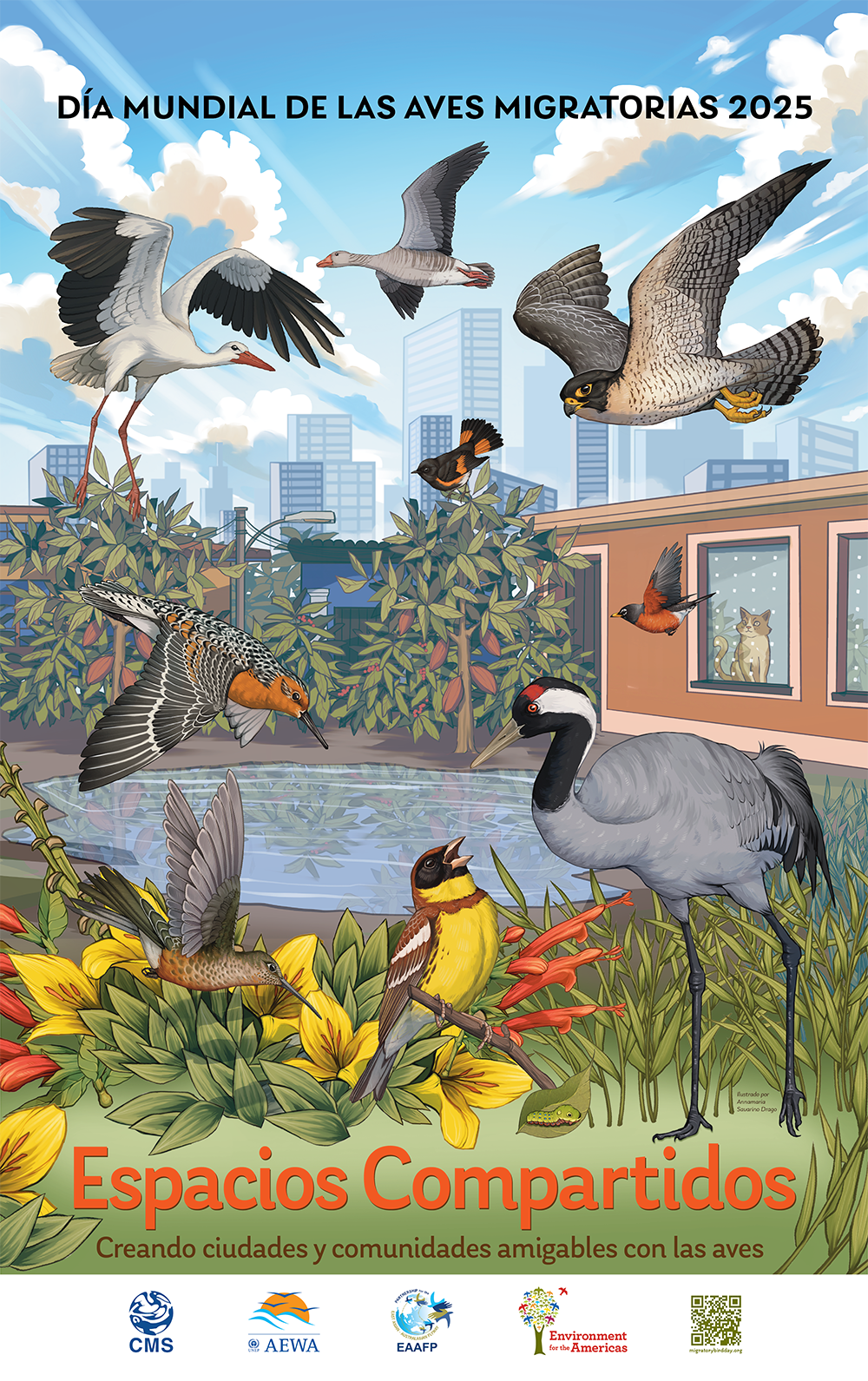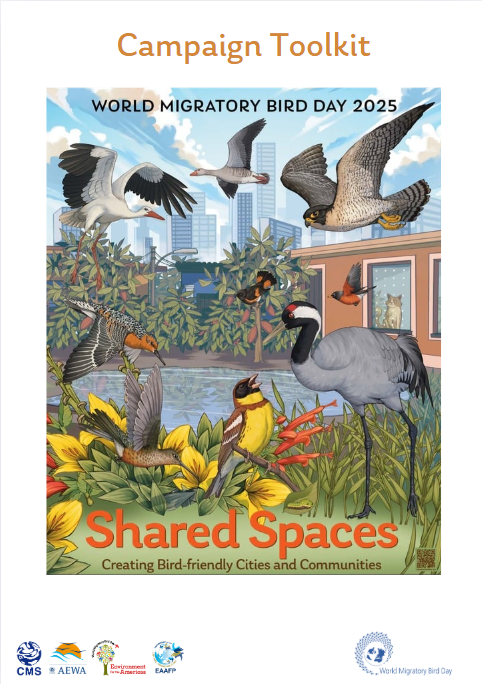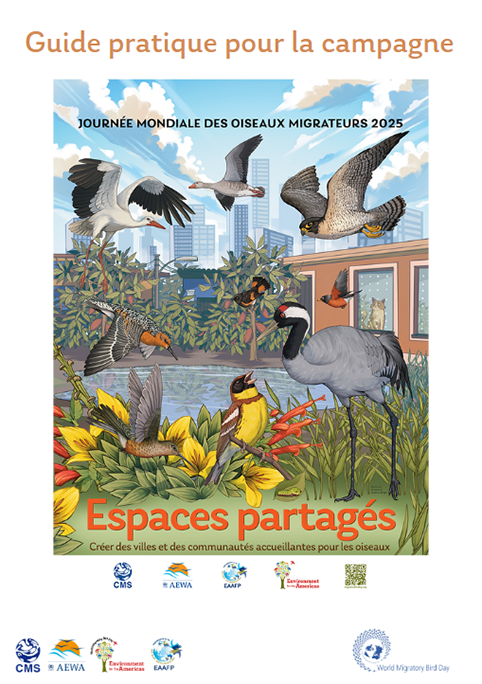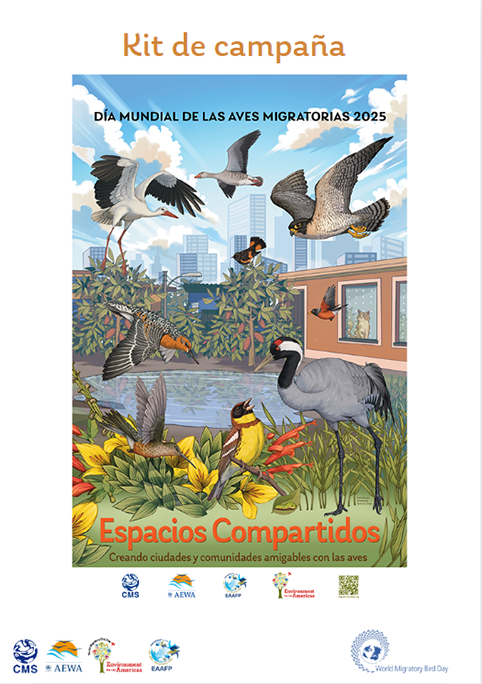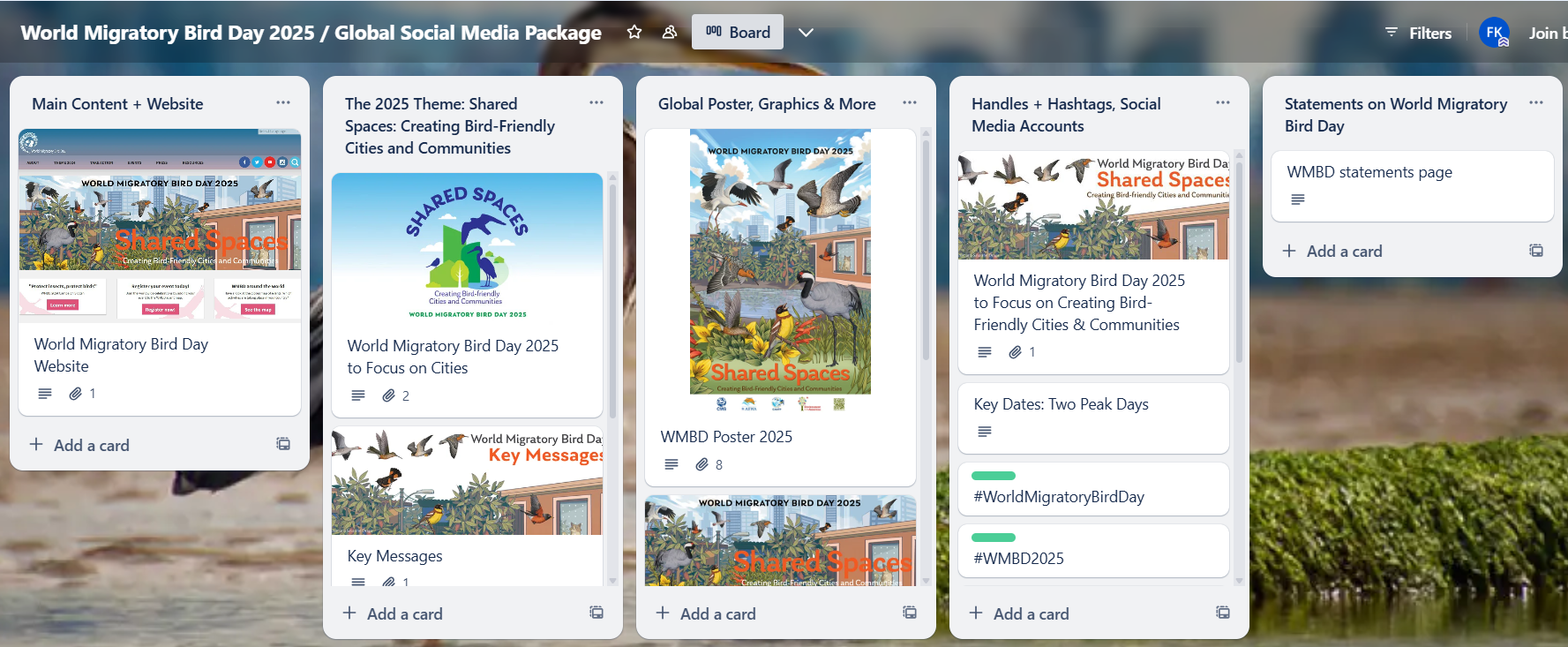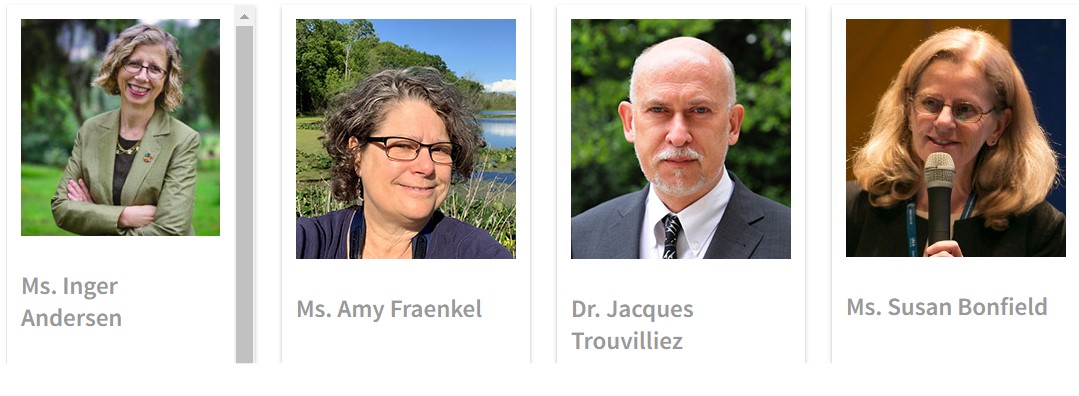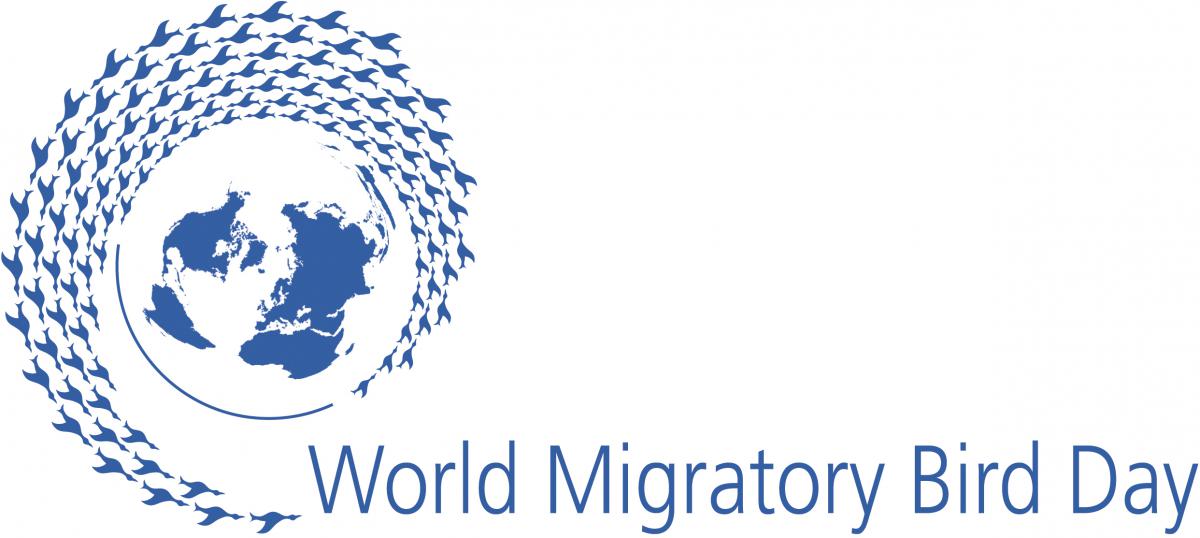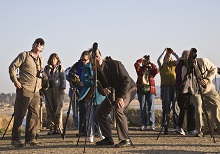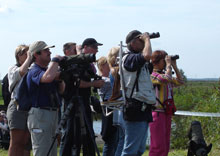You are here
Resources
The WMBD 2025 poster is also available in several other languages and can be downloaded from here.
Slogan
| ENGLISH | Shared Spaces: Creating Bird-friendly Cities and Communities | CHINESE |
共享空间:创建鸟类友好型城市与社区 |
| FRENCH | Espaces partagés : Créer des villes et des communautés accueillantes pour les oiseaux | PORTUGUESE |
Espaços compartilhados: Criando cidades e comunidades acolhedoras para as aves |
| SPANISH | Espacios compartidos: Crear ciudades y comunidades respetuosas con las aves | GERMAN | Gemeinsame Lebensräume: Städte und Gemeinden vogelfreundlich gestalten |
| RUSSIAN | Общие пространства: создание благоприятных для птиц городов и сообществ | KISWAHILI | Maeneo ya pamoja: Kukuza miji na jamii zinazojali ndege |
| ARABIC | المساحات المشتركة: إنشاء مدن ومجتمعات محلية ملائمة للطيور |
Key Messages
SHARED SPACES: CREATING BIRD-FRIENDLY CITIES AND COMMUNITIES
World Migratory Bird Day 2025 promotes the importance of a healthy coexistence between humans and birds by focusing on creating bird-friendly communities and cities. The campaign will raise awareness about the challenges migratory birds face due to human activities and urban development, promoting conservation and the creation of bird-friendly environments within our made-made communities. It will advocate for various actions from citizens, such as planting native flowers and gardens and transforming urban areas into sanctuaries for migratory birds. Additionally, it will promote local and global collaboration in urban planning to incorporate green and blue spaces and other bird-friendly practices. World Migratory Bird Day 2025 will offer practical steps for communities and individuals to support migratory birds and reduce the man-made threats they face in our urben environments and communities. .
KEY MESSAGES
- Whether in the city or the countryside, all communities can support migratory birds by adopting bird-friendly practices. These include creating healthy habitats, implementing effective anti-collision measures, reducing pollution, and providing ample food sources for birds.
- Urban expansion can lead to habitat loss if not well planned, and cause a decline in bird nesting and feeding areas, food sources and shelter, jeopardizing the survival of migratory birds.
- Non-native species such as domestic cats and non-native plants, disrupt ecosystems by introducing new predators and competition for resources that birds need to survive.
- Fatal collisions with buildings and glass are worsened by light pollution from city structures, reflections that confuse birds, and large frameless building designs. Weather conditions like fog and rain can reduce birds' visibility of urban structures, raising the risk of collisions with buildings that aren't designed to be bird-friendly.
- We can work together to improve the safety of our cities and communities for birds. By collaborating with neighbors, schools, and local organizations, we can educate our communities about migrating birds. This knowledge and collaboration helps create and restore habitats that meet the needs of birds in order to protect them.
- Sustainable city planning prevents urban sprawl and creates interconnected green and blue spaces that provide essential habitats for migratory birds to nest, refuel and find shelter. It is important not only to enhance existing cities but also to prioritize proactive strategies for developing sustainable urban environments from the ground up.
- Global cooperation and collaboration are essential. Just as birds migrate across borders, we need to work together internationally and create safe stopover spots along their routes, which traverse countries, borders, mountains, deserts, cities, farms, and seas.
- We need to bring nature back into our cities and communities by reintroducing native plants and by adapting development to better support natural environments. Human activities and artificial landscapes contribute to biodiversity loss and the decline of migratory bird populations, which ultimately harms our ecosystem and ourselves.
- We all have a part to play in supporting migratory birds! Whether it’s reducing pesticides at home or working with policymakers and city planners, we can all get involved and promote bird conservation together..
Learn more about the World Migratory Bird Day Partners here.
Please note: The World Migratory Bird Day logo and poster can be downloaded here in various formats. We strongly encourage you to incorporate these in your WMBD messages, activities and information materials. They can be used free of charge and have been produced for the sole purpose of spreading the news about WMBD!
World Migratory Bird Day Event Photos
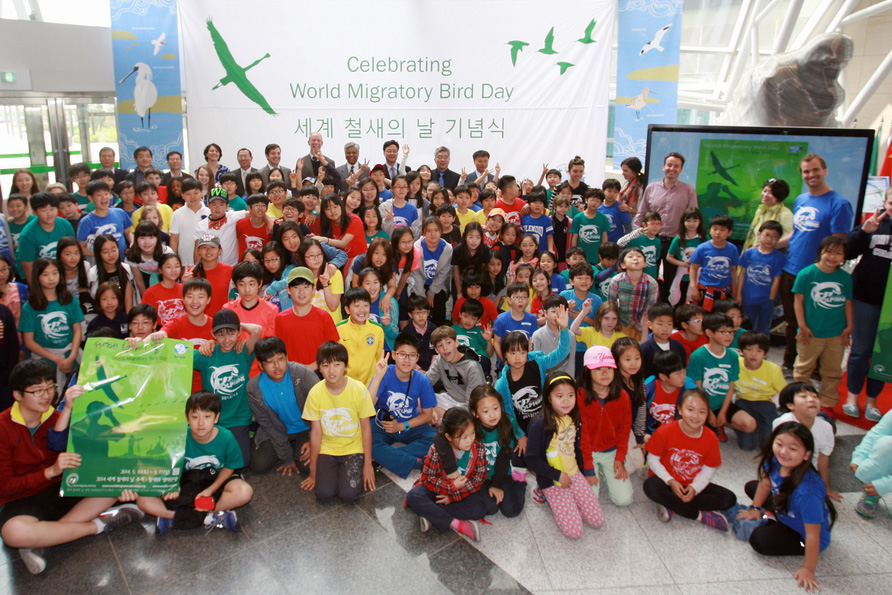
World Migratory Bird Day Event Photos can be viewed on the WMBD Flickr account. Share your event photos, event reports and local WMBD news articles with the global WMBD community! Learn how to instantly upload them here.
Royalty Free Photos
 White Pelican (Pelecanus onocrotalus)
White Pelican (Pelecanus onocrotalus)
© Sergey Dereliev (UNEP/AEWA) [website]
Download the picture as: JPG [146 kB]
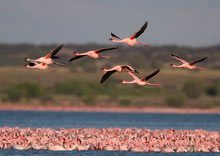 Lesser Flamingo (Phoeniconaias minor)
Lesser Flamingo (Phoeniconaias minor)
© Mark Anderson
Download the picture as: JPG [146 kB]
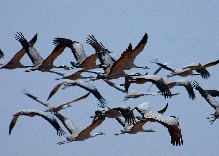 Migratory Birds in Flight - Common Cranes © Jussi Mononen
Migratory Birds in Flight - Common Cranes © Jussi Mononen
Download the picture as: JPG [146 kB]
Spoon-billed Sandpiper
© Smith Sutibut
Download the picture as: JPG [419 kB]
 Migratory Birds and Culture: Bird Watchers
Migratory Birds and Culture: Bird Watchers
© Andy Hay
Download the picture as: JPG [526 kB]
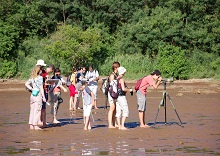 New Caledonia
New Caledonia
© Jerome Spaggiari
Download the picture as: JPG [419 kB]
© Sergey Dereliev (UNEP/AEWA)
Download the picture as: JPG [419 kB]
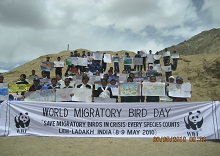 WMBD 2010 event in Leh, Ladakh, India
WMBD 2010 event in Leh, Ladakh, India
© WWF
Download the picture as: JPG [170 kB]
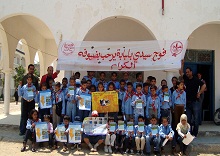 WMBD 2009 event in Gabes, Tunisia
WMBD 2009 event in Gabes, Tunisia
© Naoufel Hammouda/AAO
Download the picture as: JPG [409 kB]
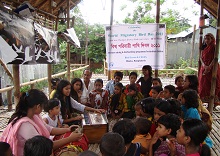 WMBD 2011 event in Bangladesh
WMBD 2011 event in Bangladesh
@ Dhaka Sourav
Download the picture as: JPG [162 kB]
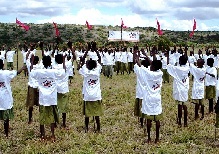 First WMBD in Kenya, 2006
First WMBD in Kenya, 2006
© Catherine Lehmann
Download the picture as: JPG [402 kB]
Note to the photos: Because we want to be 100% certain that the photos we offer on this page are royalty free, we chose to offer the ones above. However, if you would like to donate your pictures for use in the context of future WMBD campaigns please contact us.
Do you have ideas for improvements? This is where we need you! Please contribute to the WMBD Website or give us feedback.

